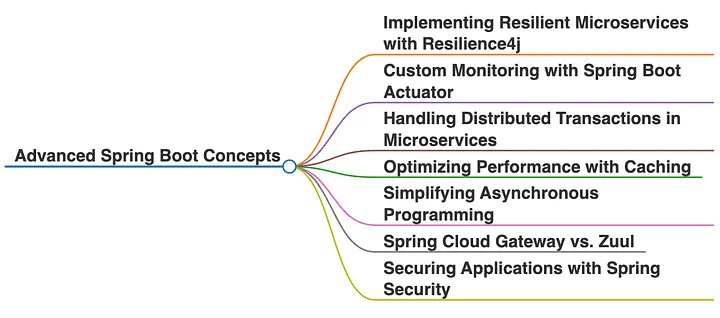Java Programming Fundamentals
Slide 1: Introduction to Java
Title: Java: An Introduction
Content:
- Java is a high-level, object-oriented programming language.
- It was developed by Sun Microsystems in 1995.
- Write Once, Run Anywhere (WORA) capability.
- Applications include web, mobile, desktop, and enterprise development.
Slide 2: Key Features of Java
Title: Features of Java
Content:
- Platform Independence
- Object-Oriented
- Secure and Robust
- Multithreaded
- High Performance (JIT Compiler)
- Extensive Standard Library (Java API)
Slide 3: Structure of a Java Program
Title: Basic Structure of a Java Program
Content:
public class HelloWorld {
public static void main(String[] args) {
System.out.println("Hello, World!");
}
}
Key Points:
classkeyword declares a class.mainmethod is the entry point of the program.System.out.printlnprints to the console.
Slide 4: Variables and Data Types
Title: Java Variables and Data Types
Content:
- Variables: Containers for storing data.
- Data Types:
- Primitive: int, double, char, boolean, etc.
- Non-primitive: Strings, Arrays, Objects. Example:
int age = 25;
String name = "John";
boolean isStudent = true;
Slide 5: Control Flow Statements
Title: Control Flow in Java
Content:
- Conditional Statements: if, if-else, switch.
- Loops: for, while, do-while. Example:
if (age > 18) {
System.out.println("Adult");
} else {
System.out.println("Minor");
}
for (int i = 0; i < 5; i++) {
System.out.println("Iteration: " + i);
}
Slide 6: Object-Oriented Programming (OOP)
Title: OOP Concepts in Java
Content:
- Encapsulation: Wrapping data and code together.
- Inheritance: Acquiring properties from another class.
- Polymorphism: Ability to take many forms.
- Abstraction: Hiding complex implementation details. Example:
class Animal {
void sound() {
System.out.println("Animal makes a sound");
}
}
class Dog extends Animal {
@Override
void sound() {
System.out.println("Dog barks");
}
}
public class Main {
public static void main(String[] args) {
Animal myDog = new Dog();
myDog.sound();
}
}
Slide 7: Exception Handling
Title: Handling Errors in Java
Content:
- try-catch block to handle exceptions.
- finally block for cleanup code. Example:
try {
int result = 10 / 0; // This will throw ArithmeticException
} catch (ArithmeticException e) {
System.out.println("Cannot divide by zero");
} finally {
System.out.println("End of program");
}
Slide 8: Practice Activity
Title: Let’s Practice!
Content:
- Write a Java program to calculate the sum of numbers from 1 to 100.
- Create a class called
Calculatorwith methods for addition and subtraction. - Handle an exception for dividing a number by zero.
Slide 9: Summary
Title: What We Learned Today
Content:
- Java Basics and Features.
- How to write and execute a simple Java program.
- Variables, Data Types, and Control Flow.
- Key OOP principles.
- Exception Handling.
Slide 10: Q&A
Title: Questions and Answers
Content:
Feel free to ask any questions! Let’s discuss and clarify any doubts you have about Java.



